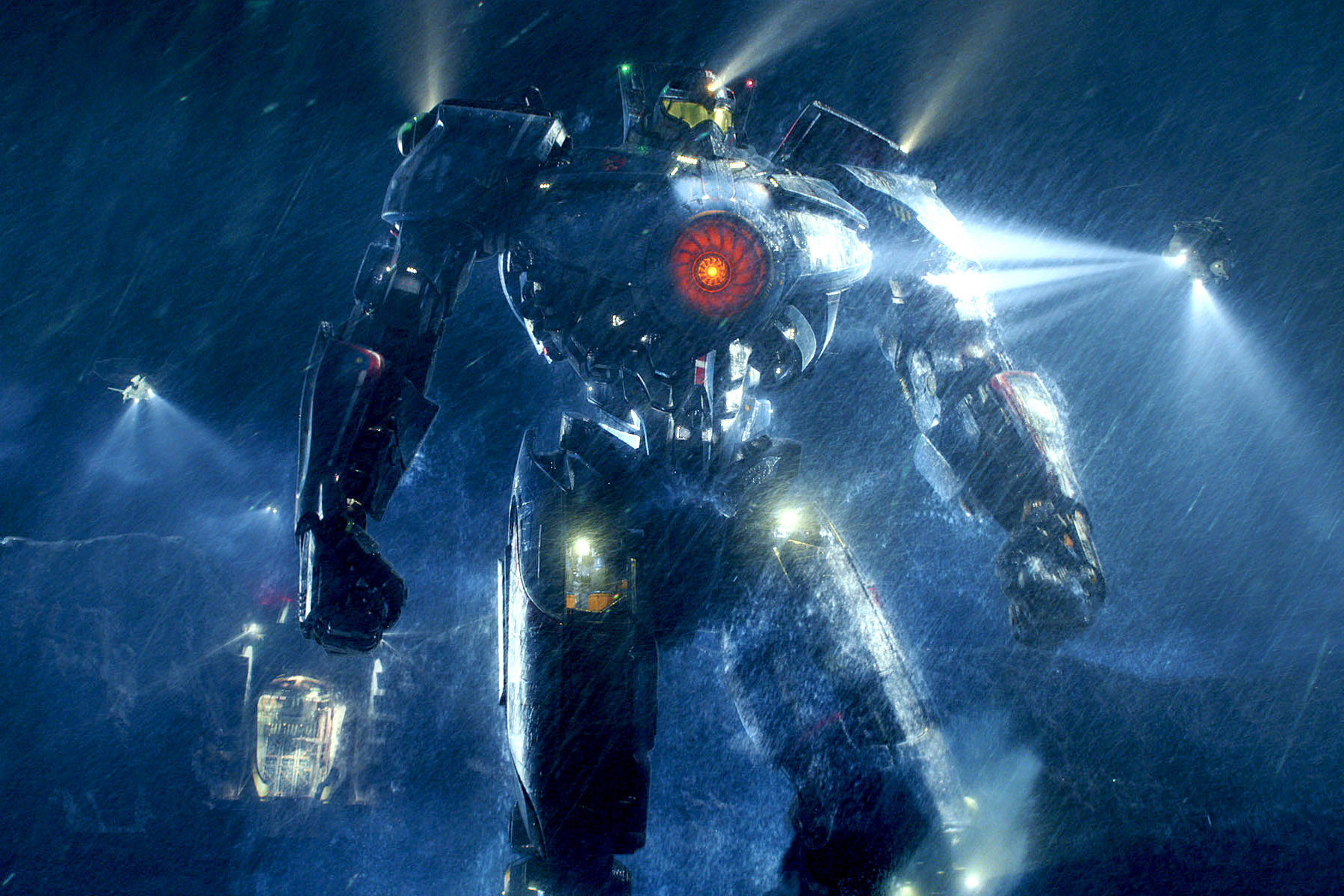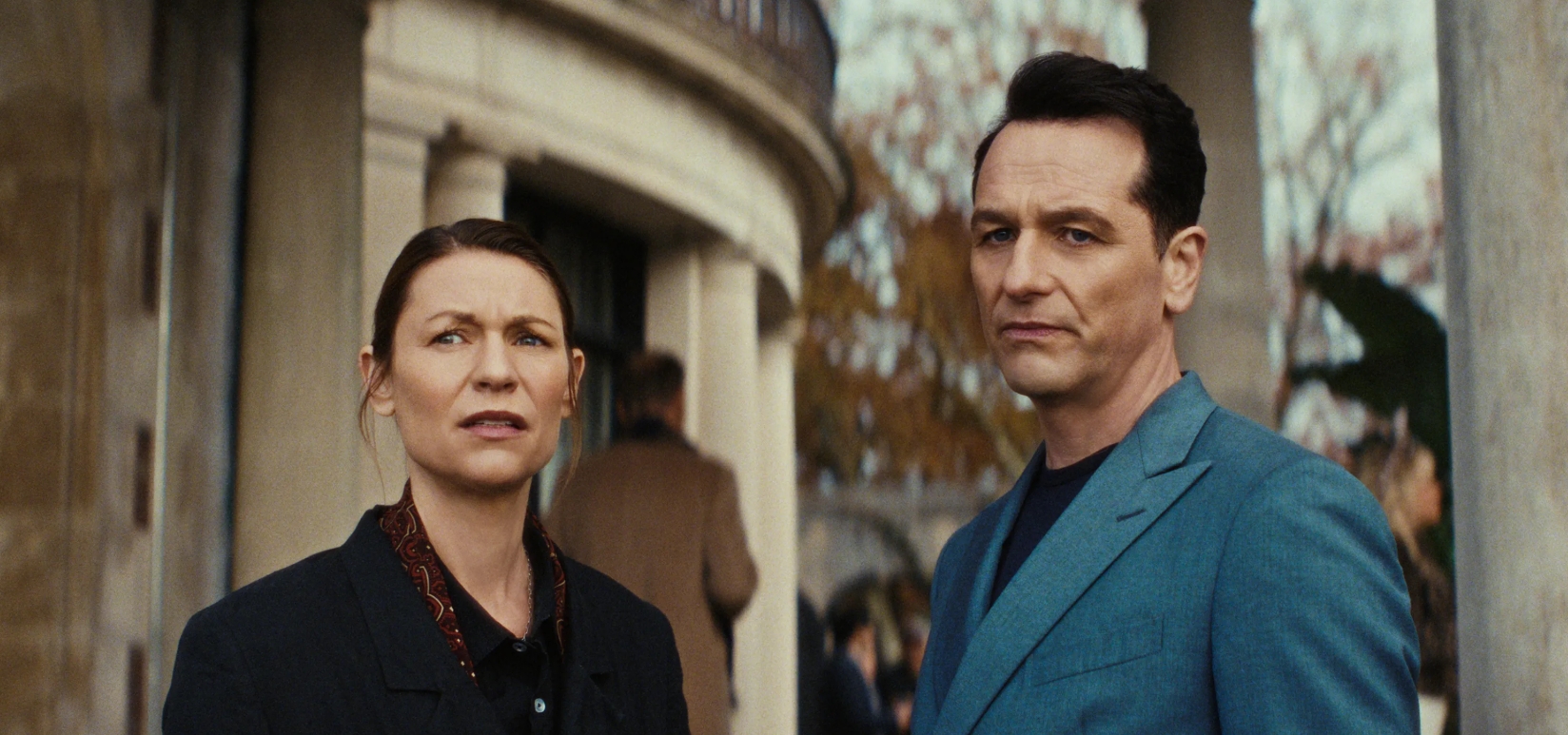The science fiction and action genres have long been home to tales of giant monsters, heroic underdogs, and humanity’s struggle against seemingly insurmountable odds. By 2013, audiences were familiar with kaiju films from Japan like Godzilla, as well as Hollywood’s penchant for spectacular destruction in films such as «Independence Day» and «Transformers.» Yet, ‘Pacific Rim’, directed by Guillermo del Toro, managed to carve a new identity despite drawing clear inspiration from these traditions.
Expansive Visual Universe Creation and Aesthetics
One of the movie’s most striking features is its immersive world. Del Toro and his artistic collaborators poured considerable effort into constructing a plausible near-future Earth, plagued by Pacific breaches that enable colossal kaiju incursions. What truly distinguishes this picture isn’t merely the immense scale of its robotic heroes, dubbed Jaegers, or the terrifying majesty of the kaiju, but the meticulous design principles underpinning them. Jaegers such as Gipsy Danger and Striker Eureka possess distinct identities, merging mechanical authenticity with individual characteristics evident in their national origins and pilot histories.
Moreover, the kaiju are more than mindless beasts; each is individualized with a name, powers, and even tactical intent, forging a memorable rogues’ gallery. The production design team drew on a wide palette of inspiration ranging from classical monster movies to contemporary anime, yet synthesized these influences into an aesthetic wholly organic to the film’s universe.
Emotional Stakes Elevated Through Synchronicity
Central to the film’s storytelling ingenuity is the notion of Drift compatibility. Diverging from the solitary hero archetypes prevalent in Western blockbusters, «Pacific Rim» presents a neural link system that mandates two pilots to jointly control a Jaeger. This idea transforms combat into a profoundly psychological and emotional journey, where physical skill must be complemented by emotional alignment. The Drift forces characters to confront past wounds, fragility, and mutual reliance, elevating action scenes from mere visual displays to insights into human bonds.
Case studies from fan and critical response highlight how this mechanism resonated with audiences. For example, the partnership between Mako Mori and Raleigh Becket elicited strong fan engagement, catalyzing extensive discussion in online communities and inspiring the “Mako Mori Test” as an alternative to the Bechdel Test for female character agency in film.
Subverting Genre Stereotypes
While many giant monster films glorify militaristic bravado or nationalistic pride, “Pacific Rim” adopts a globalist perspective. The Pan Pacific Defense Corps is an international coalition rather than an American savior force, with Jaegers and their pilots hailing from Australia, China, Russia, and Japan alongside the United States. This multiculturalism extends to the film’s casting and narrative focus, with Rinko Kikuchi’s Mako Mori emerging as a protagonist whose arc is as integral as her male counterparts’.
Guillermo Del Toro himself, in various discussions, highlighted the significance of portraying collaboration rather than confrontation, stressing the vital role of solidarity when confronting an existential danger. The movie’s visual style, ranging from the vibrant Jaegers to the besieged urban landscapes, consistently reinforces this principle of collective power.
Practical Effects and Innovative Cinematography
Another aspect elevating “Pacific Rim” is its approach to visual effects. In a landscape dominated by often weightless CGI, Del Toro insisted on volumetric realism: Jaegers move with a sense of mass and inertia, while their impacts on urban environments are meticulously rendered. This is achieved through a blend of computer-generated imagery and extensive use of practical effects for cockpit sequences. Pilot actors physically endure simulated impacts, intense strobe lighting, and real water, amplifying believability and audience immersion.
The film’s use of color is equally revolutionary. Borrowing from anime conventions, each scene employs saturated blues, oranges, and neons, defiantly breaking with the desaturated palettes seen in contemporary blockbusters. Critics praised this visual boldness as both a love letter to genre tropes and a fresh reinterpretation.
Music and Sound: Forging an Aural Persona
Ramin Djawadi’s score for “Pacific Rim” deserves special mention. Eschewing the generic orchestral swells typical of Hollywood action scenes, Djawadi constructed a soundscape that blends electric guitars, traditional orchestration, and industrial elements. The resulting musical motifs, particularly for Jaeger marches and kaiju battles, achieve a heroic yet industrial tone, intensifying the stakes and giving auditory identity to the film’s colossal machines.
Sound engineering amplifies the feeling of immense scale, employing profound, echoing growls and metallic impacts that differentiate every kaiju and Jaeger. This fostered a sensory engagement that reviewers compared to genuinely «experiencing» the force of the confrontations.
Metatextual Homage and Genre Comprehension
Guillermo del Toro approached “Pacific Rim” not simply as mindless entertainment but as a metatextual tribute to the genres that inspired him. The film wears its influences on its sleeve, from nods to mecha anime such as “Neon Genesis Evangelion” and “Gundam” to cinematic references to “Godzilla” and “Ultraman.” Yet, it avoids pastiche by synthesizing these elements into fresh narrative rhythms and visual spectacles.
Analysts observe that the movie’s initial sequence, which opts for instant, cataclysmic action instead of a gradual introduction, demonstrates a sharp understanding of contemporary viewer demands, thus modernizing the kaiju narrative for a new era while preserving its emotional and thematic essence.
Lasting Cultural Impact
Despite mixed box office results in North America, “Pacific Rim” succeeded internationally, resonating strongly in markets such as China and Japan. Its massive merchandising appeal generated toys, comics, novels, and an animated Netflix series, underlining the film’s capacity to generate transmedia storytelling.
Academically, the movie sparked new conversations about genre blending, worldwide film creation, and depictions of trauma, with numerous articles exploring its innovative method for character interactions and collaborative efforts.
“Pacific Rim” stands out in its genre by blending reverence for kaiju and mecha tradition with inventive storytelling, emotional depth, and a resplendent audiovisual palette. It reshaped old icons into modern myths, elevating both the spectacle and the soul of the genre. By positioning unity, empathy, and imaginative world-building at its core, “Pacific Rim” expanded the possibilities of what a giant monster film could mean and accomplish for global audiences.




:max_bytes(150000):strip_icc()/Christy-110525-01-af37a3a8ccc542d99361a2a401d54122.jpg)
